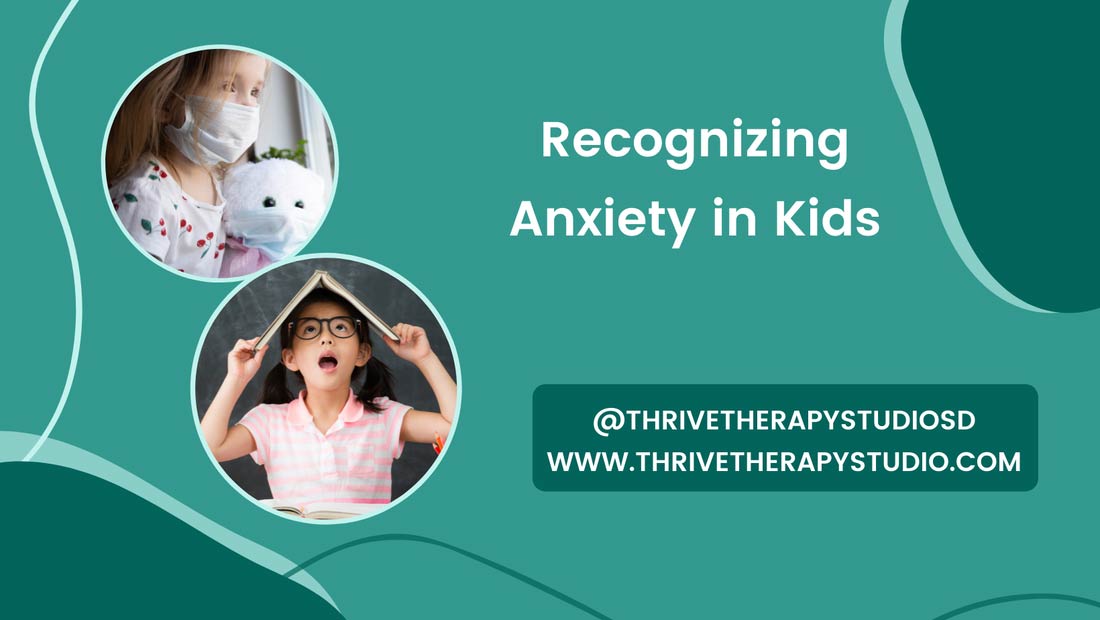When I think of anxiety as an adult, I think of stressful thoughts, racing hearts, sweaty palms, and being preoccupied with whatever I’m anxious about. As adults, we’ve had years to learn to improve our ability to identify what emotion we’re feeling. When you can identify it, it makes it a lot easier to navigate how to cope. Sometimes just being able to identify an emotion is relieving in itself.
For kids however, it can be harder for them to identify and communicate what emotion they are feeling. It can be even more difficult because some emotions, like anxiety, can look like anything but anxiety! Below I have listed some ways of what anxiety can look like in kids that might differ from adults.
1. Difficulty concentrating. If their mind seems to wander more or if they are having difficulty focusing on tasks or daily activities, it might be anxiety. Sometimes their anxious thoughts can end up clouding their ability to focus in the same way that when adults are stressed, we might become more easily distracted.
2. Physical symptoms. You might also have heard this described as somatic symptoms. There was a time in high school when I kept feeling nauseous before school. I could never figure out what was causing it. It was not until I reached adulthood that I recognized it was anxiety manifesting as nausea. Anxiety can look like a variety of physical symptoms, like muscle tension or restlessness. If your child complains of tummy aches, this can be a possible sign of anxiety. (Of course, if you’re concerned about yours or your child’s physical health, it is best to consult a medical provider to ensure there is nothing else going on).
3. Irritability. Sometimes when a child is angry or even just frustrated, it really is not about the person or situation that is occurring. Rather, it might be anxiety coming out as anger. Anger can be a way of protecting oneself from something that is scary or worrisome. If your child has become more irritable recently, I would encourage you to be curious about what else might be going on and if there has been a recent change that might have initiated it.
4. Wanting to avoid school. It could be that they dread a specific class (this was me for every English class) or just not be a fan of school as a whole. It could also be that there is something about the school day that is so uncomfortable or anxiety producing that it feels safest to stay home. They just might not be able to identify that they are feeling anxious or what it is they are anxious about. If your child is attempting to avoid going to school, this behavior might not be as much about defiance but more so them feeling overwhelmed.
5. Withdrawing from others. Sometimes when a child seems depressed, it might actually be anxiety (or a combination of both). Like irritability, it can be another way to protect yourself. If a child withdraws from others, it can be a way to feel like they are able to take a step back from the anxiety producing situation.
6. Difficulty sleeping. I think as adults, a lot of us know that when we are stressed, we often won’t sleep well that night. For kids however, since they might not be able to verbalize their stress and anxiety, it comes out as difficulty sleeping.
While this isn’t an exhaustive list, these are some of the most common ways anxiety shows up in kids. If your child is experiencing any of the above, it might be helpful to check in with them on their stress levels and just remind them that you are there for them to be a listening ear.
Reach out to start
your healing journey


